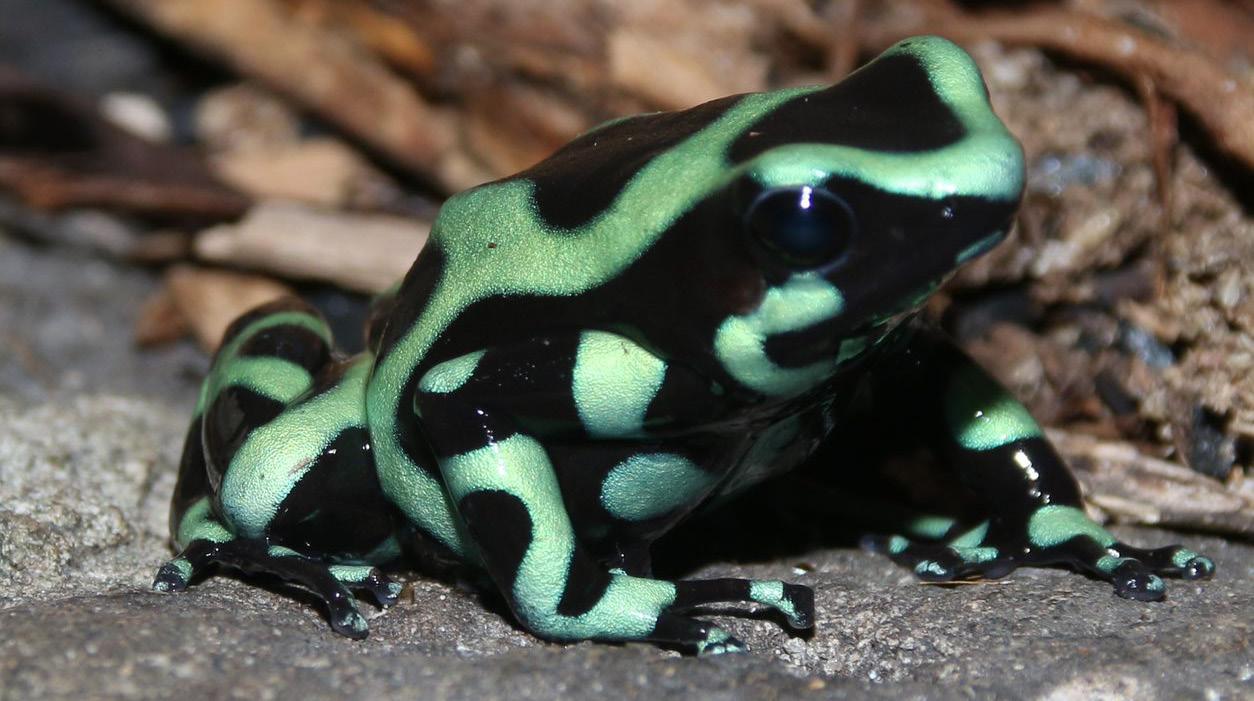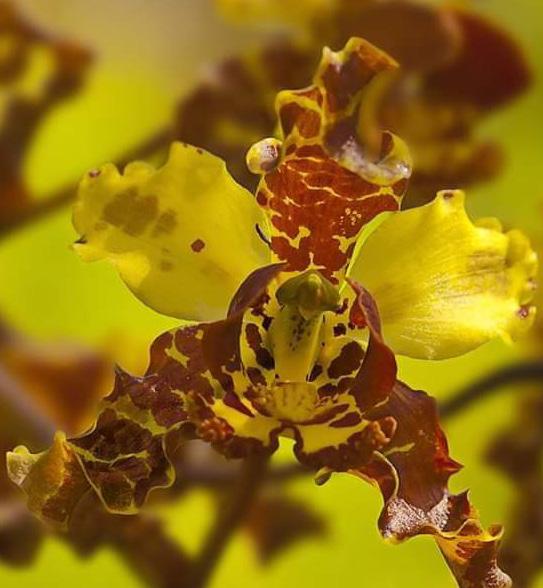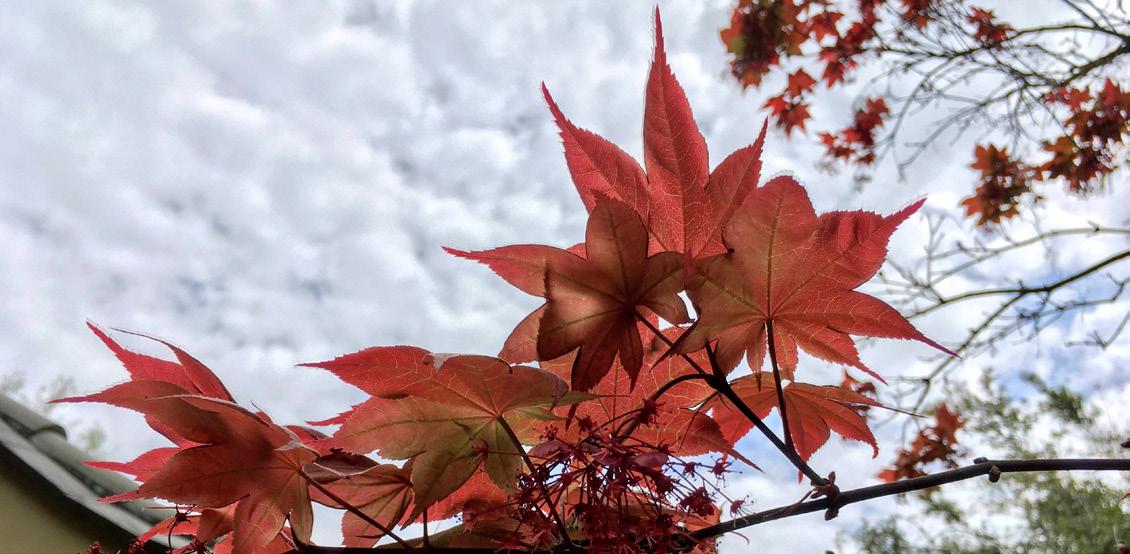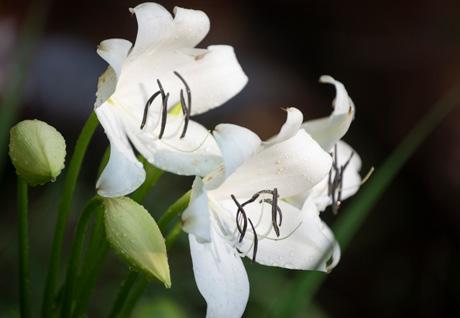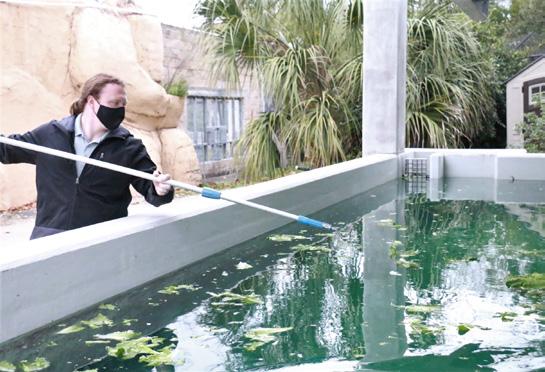
2 minute read
What's New
WHAT'S NEW Births Hatchings Acquisitions
By Donna Bear, Curator of Species Management
Advertisement
Eastern bongo located in the African Loop
(Tragelaphus eurycerus isaaci ) Found in Africa, wild bongos live in lowland rainforests, but can also inhabit mountainous terrain. They prefer to eat from leafy bushes but will also browse from small trees using their horns to lower the branches. The bongos at Jacksonville Zoo and Gardens will even wade in the water to eat the delicious duckweed plant that grows in the moat throughout their exhibit. Known as gregarious creatures, up to 50 bongos can be seen gathered at mineral lick sites, taking advantage of the naturally occurring deposits of salt and other mineral nutrients. In Kenya, tourist lodges will make a mineral lick site nearby to attract bongos for their guests.
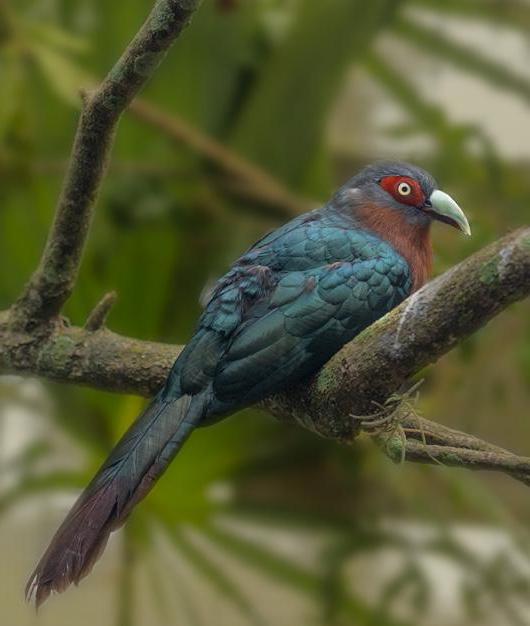
(Rhamphococcyx curvirostris singularis)
Commonly found in Southeast Asia, from southern Myanmar to Indonesia, and even the Philippines, chestnut-breasted malcohas are tropical birds in the cuckoo family, Cuculidae. As you can guess from their names, they have a distinct rufous or rusty, red-colored throat and chest, but their wings and backs are a dark, shiny metallic green. They build their nest in the fork of trees using dead twigs to create a thick platform and then cover it up with leaves. They can have up to 2 or 3 eggs at a time. Fun fact: the German translation for these birds is schimmerkuckuck.
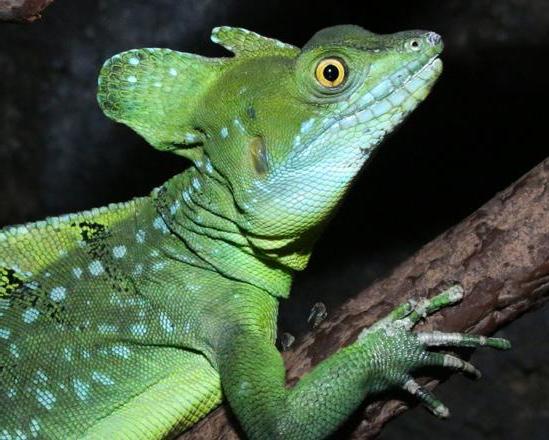
Green crested basilisk located in the Lost Temple at Range of the Jaguar
(Basiliscus plumifrons)
Also known as the Jesus Christ lizard, this reptile is most famous for its ability to run across the water’s surface. Mainly used for escaping from predators when young, the basilisk can run up to 7 miles per hour or 5 to 10 feet per second. They can defy gravity for at least 15 feet before starting to sink. Fortunately, basilisks are also great swimmers, as they can hold their breath for 10 to 30 minutes. While both males and females have crests on their heads and tails, males are usually bigger, and they also have a crest above their eyes and along their backs.
July–September, 2020
Births & Hatchings
Boat-billed heron.........................................0.0.4 GIANT OTTER................................................1.2.0 COTTON-TOP TAMARIN .............................0.0.1 Eastern bongo ..............................................0.1.0
Acquisitions
Green crested basilisk..................................0.0.2 Giraffe............................................................1.0.0 Penguin..........................................................1.0.0 Chestnut-breasted malcoha.......................1.1.0 FLORIDA MANATEE.....................................1.0.0
LEGEND: 0.1.2
• First digit male. Second digit female • Third digit sex unknown • Two digits only represent male and female • CAPS = Endangered Species • * (Asterisk) = First time at the Zoo



